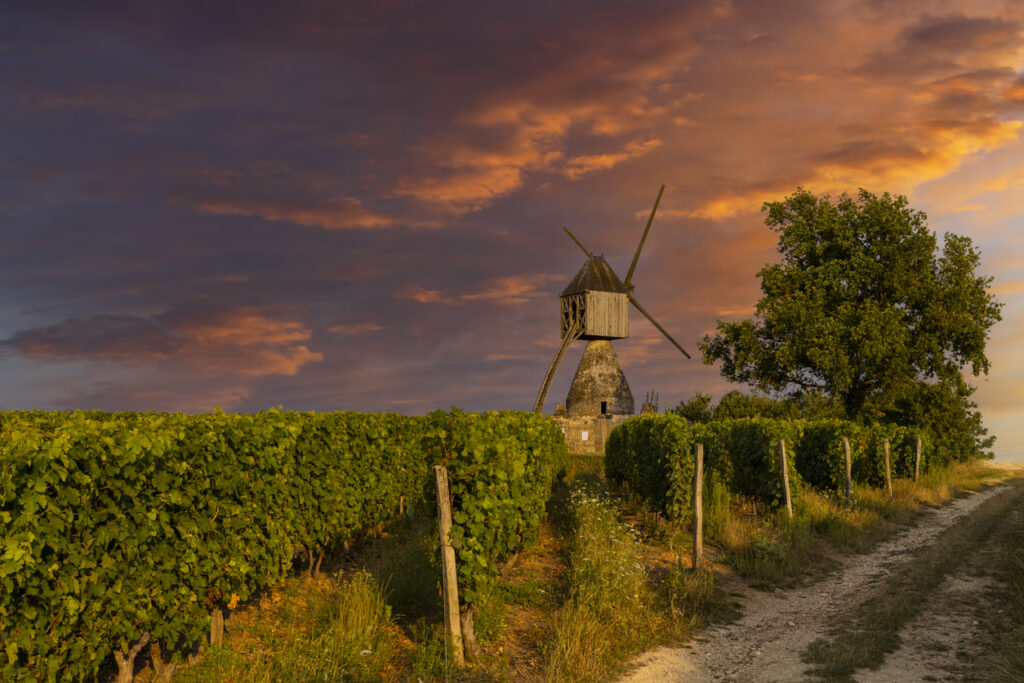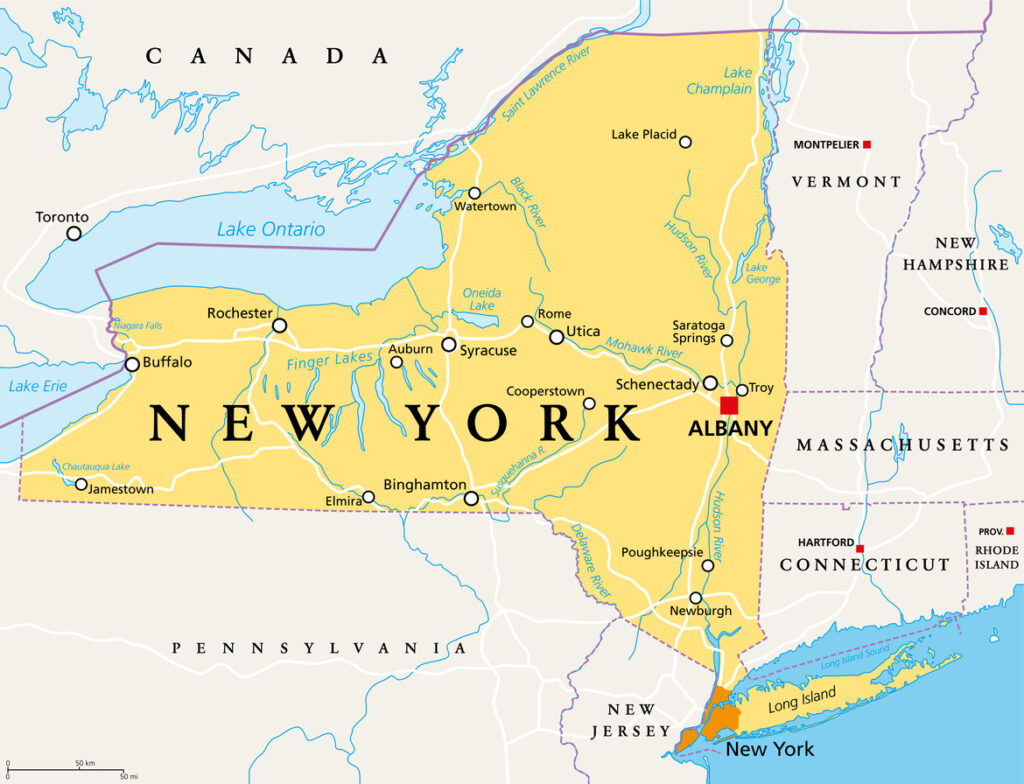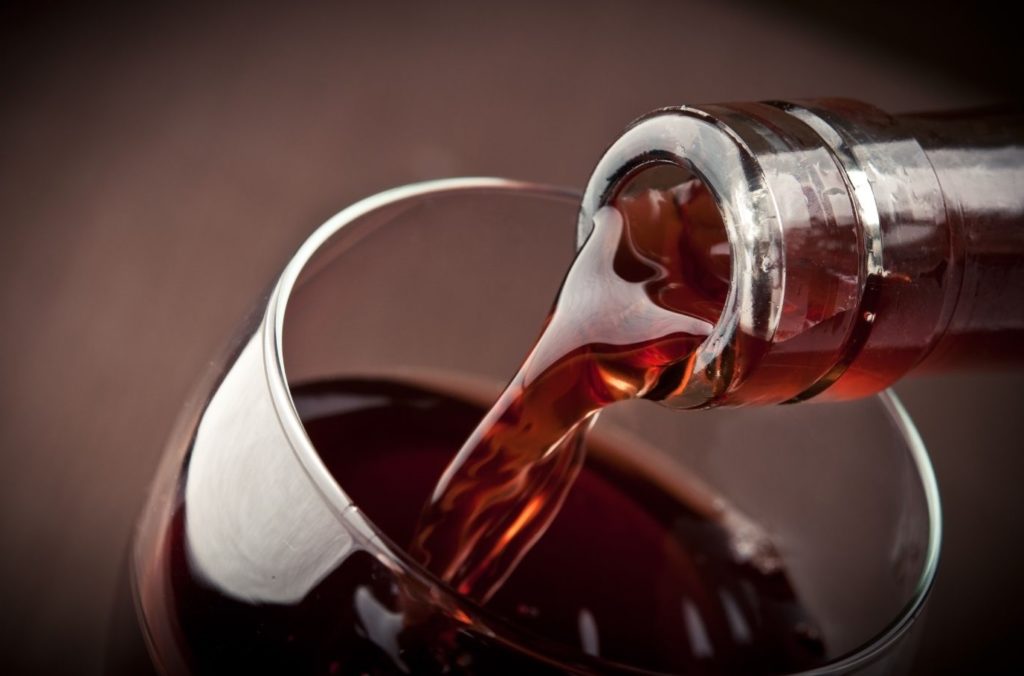Cabernet Franc, a versatile and fascinating grape variety, has been gaining recognition in the world of wines. This illustrious grape varieties are known for its complex flavors and enchanting aroma, making it an essential ingredient in many high-quality, blended wines. Originating from the Bordeaux region of France, Cabernet Franc has successfully spread across the globe, finding suitable homes in various wine-producing regions.
What is a cabernet franc wine?
In comparison to its more famous sibling, Cabernet Sauvignon, the Cabernet Franc grape ripens earlier and thrives in cooler climates. The cabernet franc grape varieties impart distinctive flavors of red fruits, such as raspberries and cherries, alongside subtle hints of bell pepper and tobacco that delight the palate.
Widely utilized in the production of red wines and rose blends as a blending grape, Cabernet Franc plays a valued role in the creation of region’s sparkling wine from the Loire Valley.

Parentage and Genetic Variations
Cabernet Franc is a black grape variety that is a parent grape of the more famous Cabernet Sauvignon grape. Its other parent grape, is Sauvignon Blanc. Genetic analysis confirms that Cabernet Franc’s crossed with Sauvignon Blanc naturally, likely in the 17th century. Generally, cabernet franc grapes have a thinner skin and ripen earlier than Cabernet Sauvignon, which are characteristics that contribute to its unique flavor profile.

Geographical Beginnings
The origins of Cabernet Franc can be traced back to the Basque Country, an area located at the border of Spain and France. It was primarily grown in the French region of Bordeaux, where it contributed to the original Bordeaux wine blend and grew alongside sauvignon blanc. Today, it is used in winemaking across various regions, such as the Loire Valley in France, where it produces acclaimed wines like Chinon and Bourgueil, and in Italy’s Northern regions, where it’s known locally as “Bordo” or Cabernet Franco.
Over time, the grape variety has also found its way to other new world wine regions, including the United States, Australia, and South Africa, where it is used both as a single varietal wine and as a blending grape.

Climate Preferences
Cabernet Franc thrives in cooler climates such as the Loire Valley in France and cooler regions of the United States, like New York, Washington State and Virginia where it is also used for premium ice wine. This grape variety can adapt to warmer regions but often produces wines of a lighter, fruitier style. In these climates, it is important to manage heat stress and avoid over-ripening of the fruit.
Cabernet Franc favors bud break in the early spring, with a longer growing season than other varieties, which gives it ample time to develop complex flavors. The grape is also less susceptible to frost damage, making it a popular choice for vineyard plantings in cooler wine-growing regions.

Soil Types
Cabernet Franc grows well in a variety of soil types, from sandy loam to clay, but it particularly excels in well-drained, calcareous soils. In the Loire Valley, the grape can be found growing in limestone soils with good drainage properties. In California and other New World regions, Cabernet Franc has also adapted to a variety of soil types, including volcanic and alluvial soils.
Preferred Soil Characteristics:
- Well-drained
- Calcareous
- Limestone
Though adaptable to various soil types, Cabernet Franc does show a preference for certain characteristics. Wines produced from cabernet franc grapes grown in well-drained, calcareous soils often possess more structure and complexity compared to those from other soil types. Proper drainage is critical to the health and quality of Cabernet Franc vines, as it helps to prevent waterlogged roots and reduces the risk of potential diseases.

Cabernet Franc Flavor Profiles
Cabernet Franc is known for its more delicate and subtle characteristics compared to its popular relative, Cabernet Sauvignon. The key flavors often noted in Cabernet Franc wines include:
- Red fruit flavors: Raspberry, redcurrant, and cherry.
- Herbaceous notes: Herbal flavors of bell pepper, green pepper, and leafy undertones.
- Spices and earthiness: Tobacco, black pepper, and graphite.
Additionally, Cabernet Franc tends to be less tannic and has a medium body compared to Cabernet Sauvignon, with a fruit forward style making it more approachable and enjoyable for a variety of palates.

Aging Potential
Cabernet Franc can be enjoyed young, but it also has the potential for aging, which can reveal more complex flavors and aromas. The aging potential of Cabernet Franc wine depends on various factors, such as grape quality, production methods, and vintage. In general, high-quality Cabernet Franc wines can age between 5 to 10 years, while some exceptional bottles may age even longer.
Common Blends
Cabernet Franc is often blended with other grape varieties to enhance its flavors and add complexity to the final wine. It is often used as a blending component alongside:
- Cabernet Sauvignon: This blend balances the lighter body and herbaceous notes of Cabernet Franc with the bold, tannic structure of Cabernet Sauvignon.
- Merlot: When blended with Merlot, the soft, plush red fruit flavors of the latter complement Cabernet Franc’s earthy, herbaceous qualities.
- Bordeaux-style blends: Cabernet Franc is an essential blending component in many Bordeaux blends, alongside Cabernet Sauvignon, Merlot, Malbec, and Petit Verdot. These blends often showcase a harmonious mix of flavors and textures, making them highly sought-after wines.

Major Cabernet Franc Regions
Loire Valley, France
The Loire Valley, located in central France, shows significant plantings in this region for Cabernet Franc production. Chinon, Bourgueil, and Saumur-Champigny are well-known appellations within this region producing high-quality cabernet gris wines. If you prefer rose wines rosé d’Anjou is a notable wine.
The cool climate, diverse soil types, and moderate rainfall create favorable conditions for Cabernet Franc to thrive and to yield Loire red wines as well as rosé de Loire.
Bordeaux, France
In Bordeaux, Cabernet Franc is commonly blended with Cabernet Sauvignon and Merlot, especially in the sub-regions of Saint-Émilion, Pomerol and the Graves regions. This grape variety adds elegance, softness, and herbal notes to the Bordeaux varieties.
The famous Château Cheval Blanc uses a blend of cabernet franc, cabernet sauvignon and merlot to produce wines.
| Sub-region | Primary Soil Type | Cabernet Franc’s Role |
|---|---|---|
| Saint-Émilion | Limestone and clay | Adds finesse and vibrancy |
| Pomerol | Gravel and clay | Contributes structure and aromatic complexity |
California, United States
Cabernet Franc has found a home in California, with notable plantings in Napa Valley and Sonoma County. These Californian wines tend to have a riper, more fruit-forward character, with bolder tannins compared to their French counterparts. The warmer climate also results in higher alcohol levels.
- Napa Valley: Known for full-bodied, lush-textured Cabernet Franc wines
- Sonoma County: Produces a diverse range of Cabernet Franc styles, from elegant and restrained to bold and rich

Ontario, Canada
Ontario, specifically the Niagara Peninsula, is developing a reputation for distinctive Cabernet Franc wines. The cool climate and limestone-rich soil impart a unique profile to the cabernet franc plays wines, often characterized by:
- Bright red fruit flavors
- Herbaceous notes, such as green bell pepper and thyme
- Lively acidity and moderate tannin structure
Ontario’s Cabernet Franc shows great potential for aging and is increasingly gaining recognition in the global wine market.

Meat and Poultry Suggestions with Cabernet Franc
When pairing Cabernet Franc with meat, consider dishes that showcase the wine’s fruity and earthy notes. Some excellent options include:
- Grilled and roasted meats: Beef, lamb, and pork dishes work particularly well due to the wine’s tannic structure. For example, a juicy steak or rack of lamb can highlight the berry flavors in the wine.
- Poultry: Duck and chicken are ideal choices, especially when prepared with herbs like rosemary or thyme. These add an additional layer of flavor to complement the wine’s herbaceous character.
- Game meats: Venison and other game meats bring out the earthiness of the Cabernet Franc, creating a harmonious pairing.

Cheese and Vegetable Pairings with Cabernet Franc
Cabernet Franc also pairs wonderfully with an assortment of cheeses and vegetables. Consider the following options when planning your menu:
- Cheeses: This wine shines with aged and semi-hard cheeses, such as Gouda, cheddar, and Comté. These cheeses’ nutty and rich flavors complement the wine’s fruit and earthy notes.
- Vegetables: Roasted vegetables, especially root vegetables like carrots, beets, tomato based dishes and parsnips, are an excellent choice. The caramelization from roasting makes for a delightful pairing with the wine’s earthiness and rich aromas.
- Mushrooms and legumes: Cabernet Franc pairs well with dishes featuring mushrooms or legumes, such as a hearty mushroom risotto or a lentil stew. The earthy flavors found in these ingredients make for a harmonious and satisfying pairing.
How to Serve Cabernet Franc
Cabernet Franc is a versatile red wine that can enhance a meal or be enjoyed on its own. To fully appreciate a cabernet franc taste its flavors and aromas, certain serving practices should be observed.
Ideal Temperature for Cabernet Franc
Cabernet Franc is best served at a slightly cooler temperature than most red wines, ideally between 60-65°F (15-18°C). This cooler temperature helps to bring out the wine’s fruity and herbal notes while still maintaining its structure.
One effective way to reach the desired temperature is placing the bottle in the refrigerator for about 45 minutes before serving. Alternatively, using a wine chiller or ice bucket filled with water and ice can also achieve the desired temperature in a shorter time.

Decanting and Aerating Cabernet Franc
For a young Cabernet Franc that may be tannic and tight, decanting and aerating the wine allows it to open up and reveal its more delicate flavors. Decanting involves pouring the wine into a separate caraffe, typically a decanter or wide-based carafe, where it can breathe and settle for about 30 minutes to an hour before serving.
If you do not have a decanter, simply swirling the wine in the glass can help aerate your cabernet franc and release its flavors. Another option is to use a wine aerator, a small device designed to expose the wine to air as it’s poured, accelerating the process of aeration. However, avoid aerating red wines or older or more delicate Cabernet Francs, as excessive exposure to air can damage the wine.

